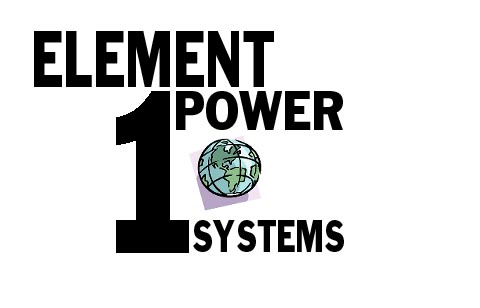
The 3 watt fuel cell is sold as a stand-alone unit, with none of the required support equipment included. The required support equipment is a hydrogen source, forced air fan, electrical loads, test tubes and plumbing. The system design below shows the 3 watt fuel cell hooked to a hydrogen bottle. The fuel cell requires a low pressure hydrogen feed, less than 1 PSI is adequate for a 3 watt PEM fuel cell. A regulator brings the bottle pressure down, and a control valve operates the hydrogen flow. A forced air fan is needed to achieve full power, a 5 volt computer fan will work. The fan should be powered from an external source, as the 3 watt fuel cell does not produce enough voltage to drive the fan. Hook the fuel cell H2 IN to the hydrogen source, either a bottle, electrolyser or chemical reaction. Hook the H2 OUT to the water backpressure test tubes. Set the fuel cell on the forced air housing. Turn on the hydrogen supply and adjust the flow until one bubble per second is coming out of the final test tube. Measure the output voltage, the open cell reading for a 3 watt fuel cell should be around 2.7 volts. Apply a small load to the fuel cell and increase the hydrogen flow. As the load is increased the hydrogen input flow will need to be increased to keep the one bubble per second rate in the final test tube. Slowly add additional loads to the fuel cell, making sure to keep an adequate hydrogen and air flow into the fuel cell. Without enough hydrogen the fuel cell will be starved for fuel, and will not run properly. Add the loads slowly at first, until you are familiar with the operational parameters of the fuel cell. Do not operate the fuel cell below 1.5 volts, and do not apply loads greater than 2 amps. Do not apply a direct short across the fuel cell. Always start the fuel cell under a no-load condition, and add a load only after the fuel cell open voltage has reached its peak value (~2.7 volts). |



